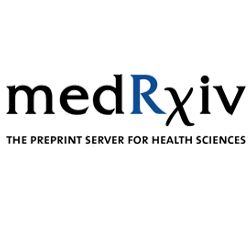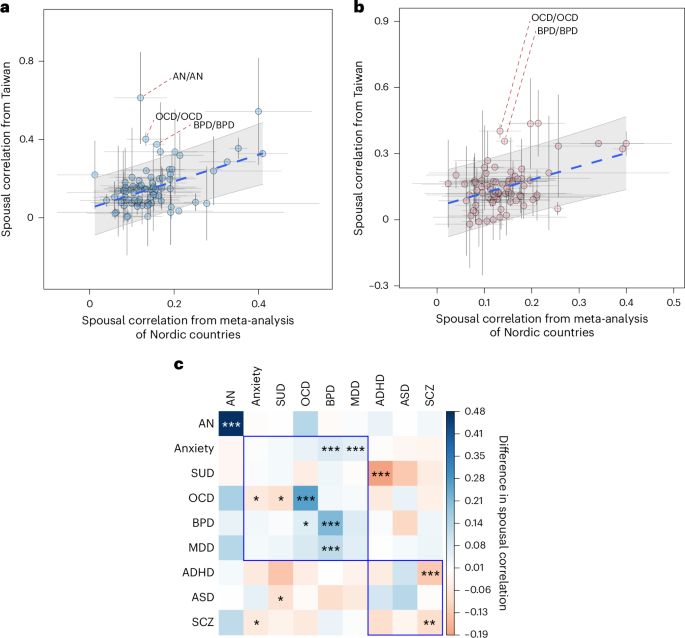Argel Aguilar Valles
@argelaguilarvalles.bsky.social
700 followers
420 following
100 posts
Associate Professor of Neuroscience at Carleton University. Proud Mexican living in Canada. Alumni from McGill University, Scripps Institute and UNAM
Posts
Media
Videos
Starter Packs
Reposted by Argel Aguilar Valles
Reposted by Argel Aguilar Valles
Reposted by Argel Aguilar Valles
Reposted by Argel Aguilar Valles
Reposted by Argel Aguilar Valles
Reposted by Argel Aguilar Valles
Reposted by Argel Aguilar Valles
Reposted by Argel Aguilar Valles
Reposted by Argel Aguilar Valles
Reposted by Argel Aguilar Valles
Reposted by Argel Aguilar Valles
Reposted by Argel Aguilar Valles














